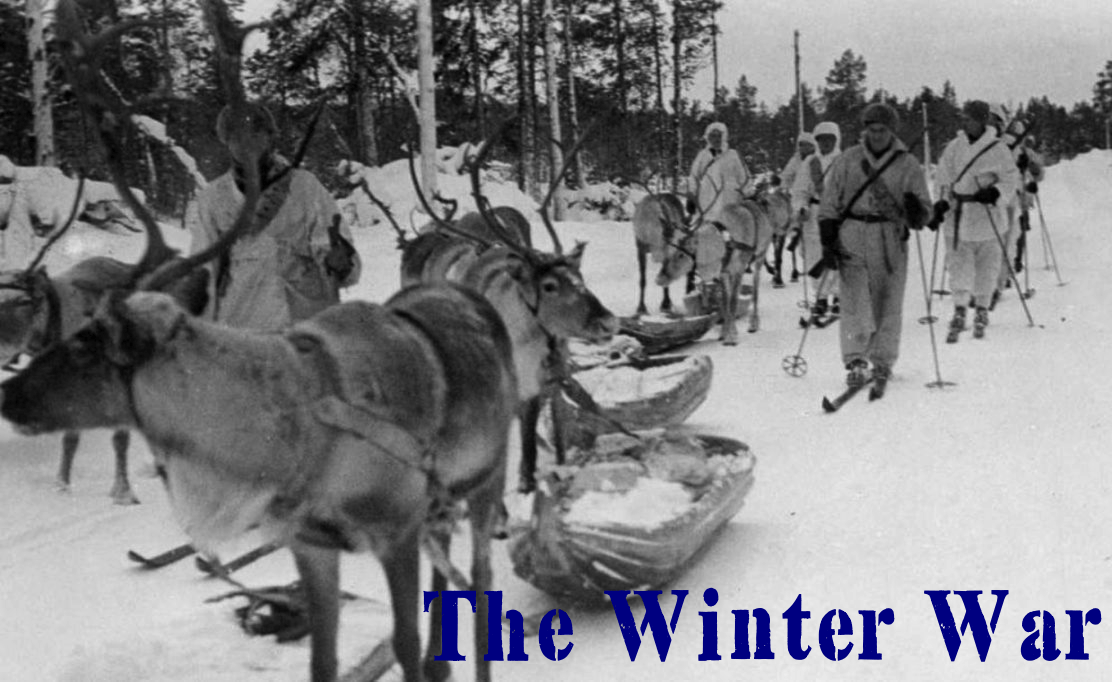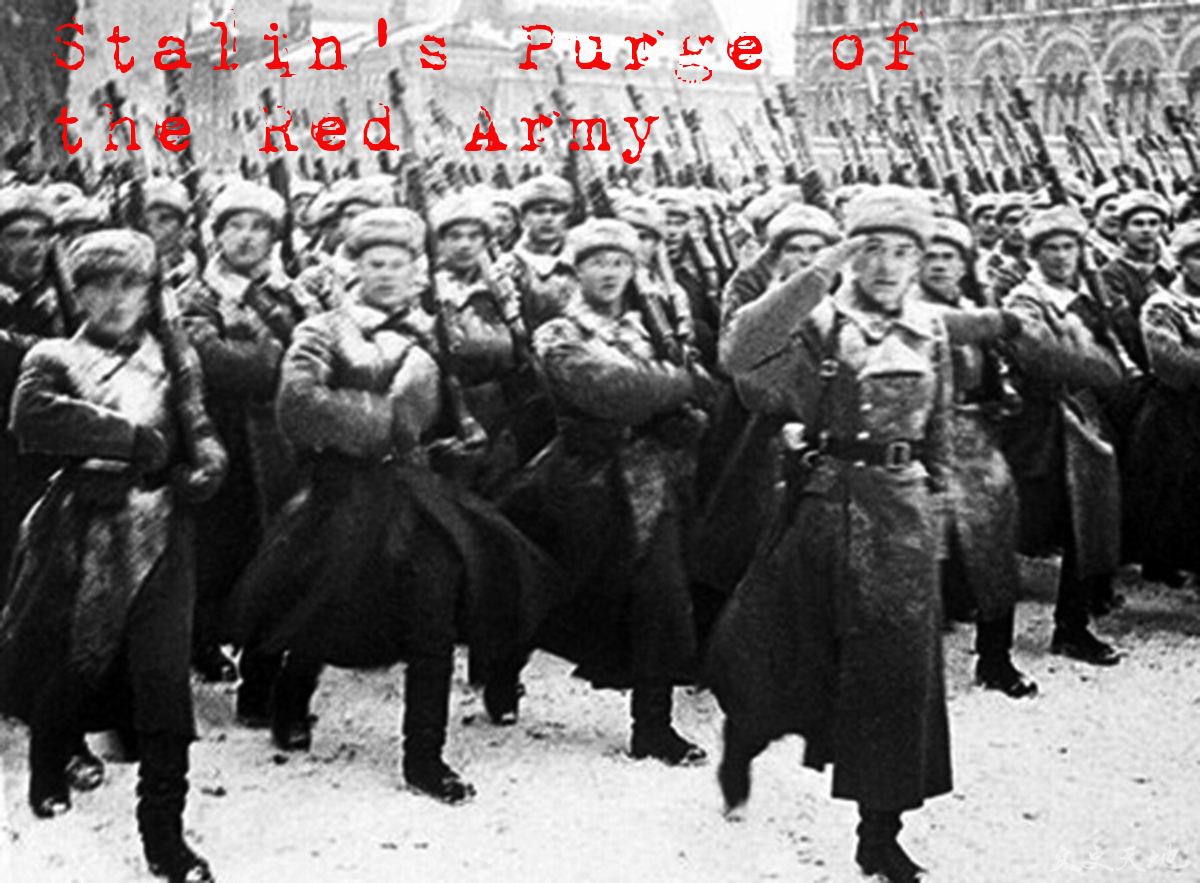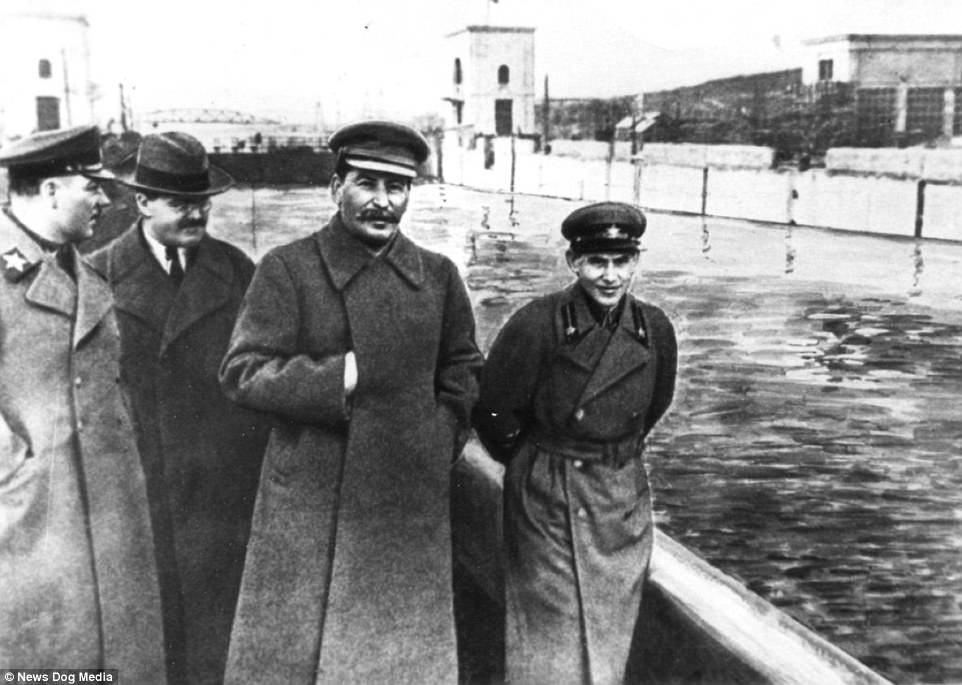The Winter War
The Winter War A direct result of the Molotov-Ribbentrop Pact, in which the Soviets “got” Finland. This resulted in a 3 ½ month war between Russia and… Read More »The Winter War
The Winter War A direct result of the Molotov-Ribbentrop Pact, in which the Soviets “got” Finland. This resulted in a 3 ½ month war between Russia and… Read More »The Winter War
The Enemy Within: Stalin’s Purge of the Red Army It’s another short post, guys. And there is an inordinate amount of quotes this time around… Read More »The Enemy Within: Stalin’s Purge of the Red Army
A Thought Question: Expanding WWII We say that God doesn’t chose a side in war. God, however, is always on the side of freedom… Read More »A Thought Question: Expanding WWII


